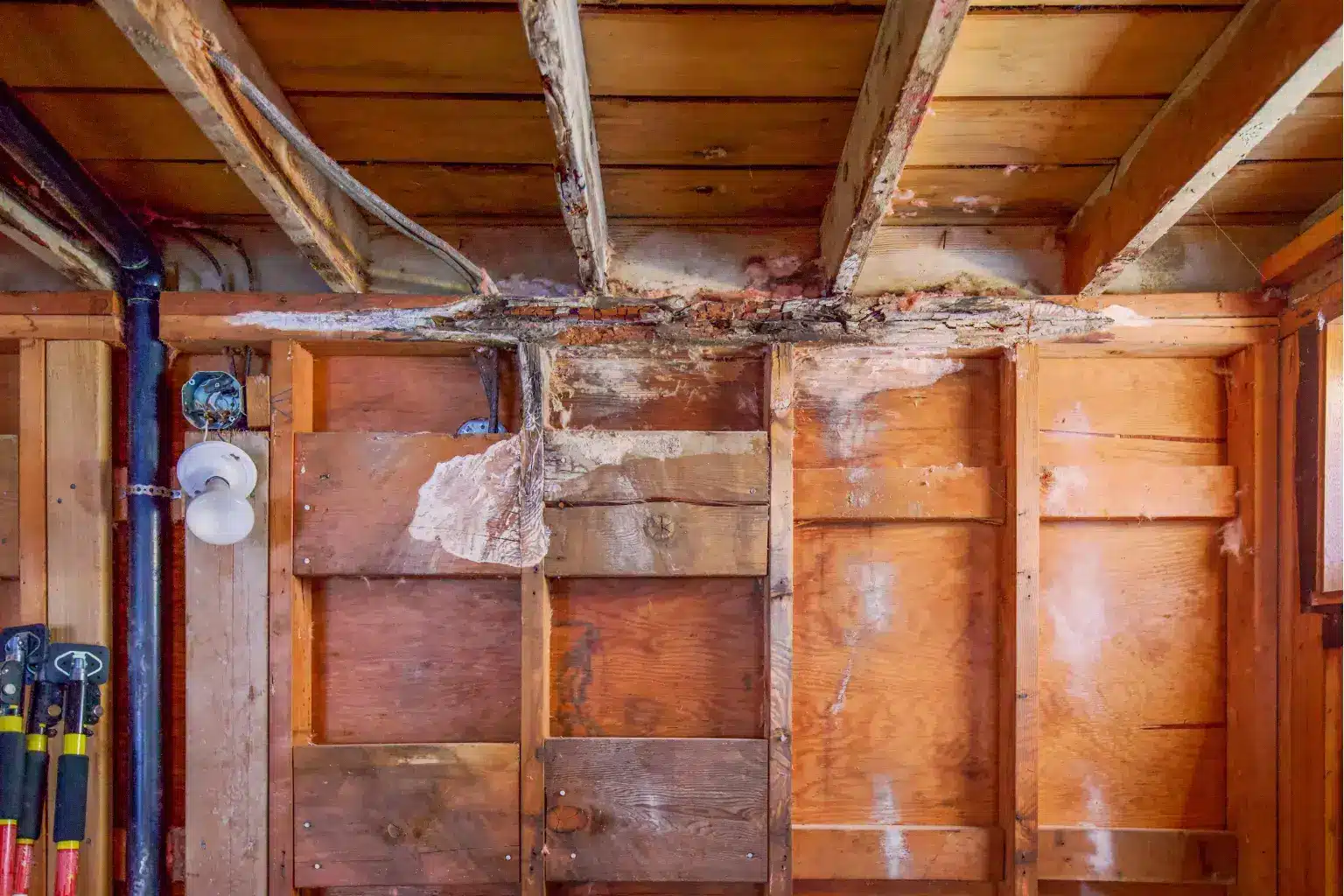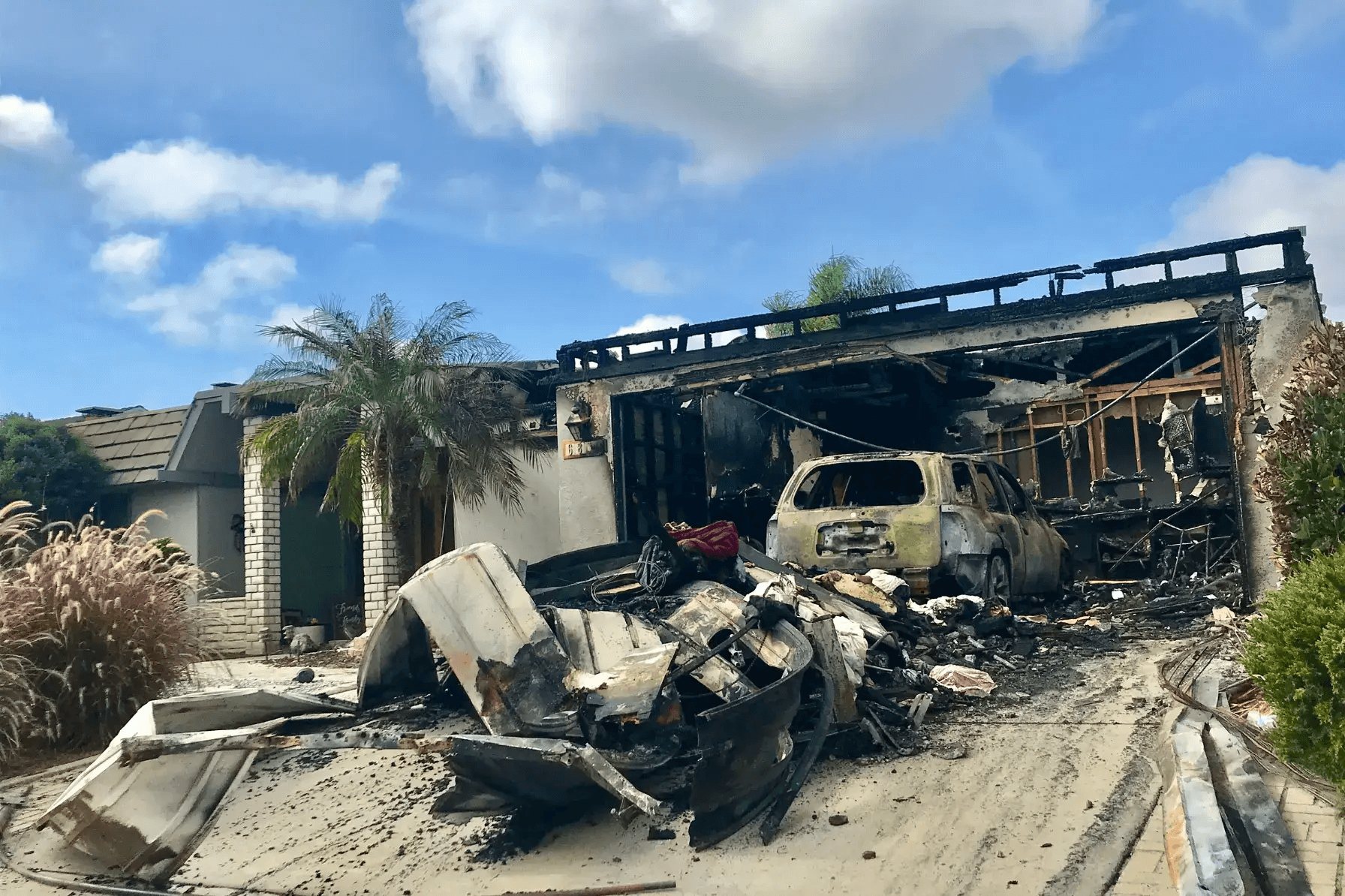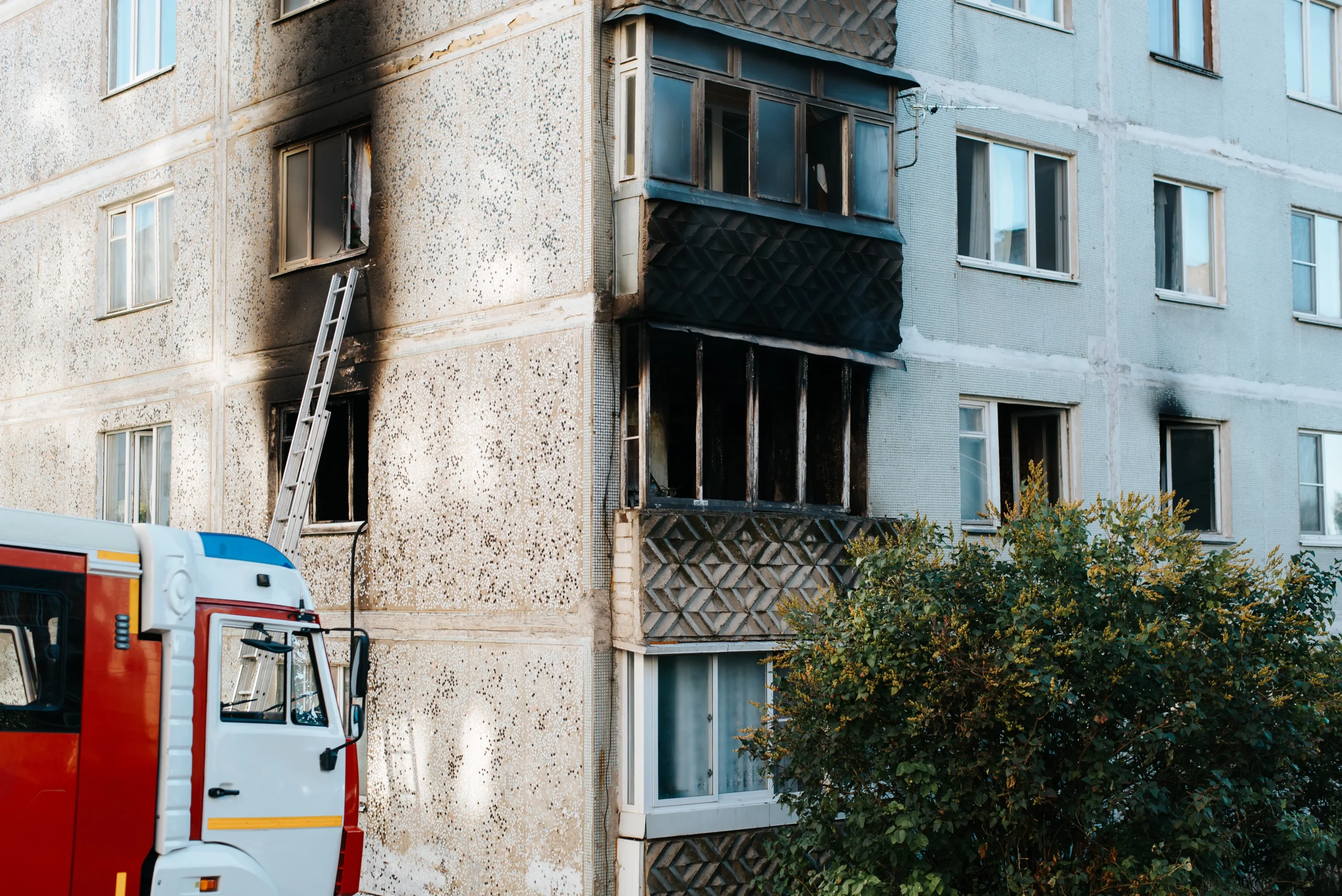If you’ve ever wondered, “What will insurance cover for fire damage?” you’re not alone. Fires can start in all sorts of ways, and they can spread faster than we’d like to imagine. After the smoke clears, you need to know if your homeowners insurance can help pay for repairs or if you’ll be stuck covering the bills yourself. The answer depends on your policy type, coverage limits, and a few important details. Let’s walk through the essentials in clear, everyday language so you understand your options and feel prepared when it’s time to file a claim.
Learn the basics
In most cases, a standard homeowners insurance policy includes coverage for fire damage. This means your insurer may help pay for structural repairs, rebuilding parts of your home, and restoring or replacing personal belongings. Policies vary by company, though, so it’s important to check the fine print.
- Dwelling coverage (the structure of your home) often covers repair or replacement costs if parts of the building are destroyed or damaged by flames, smoke, or firefighting efforts.
- Personal property coverage typically helps replace furniture, clothing, and other personal items lost in a fire.
- Liability coverage (often included in homeowner policies) can protect you if someone else is injured in your home because of fire-related conditions.
Insurance companies look at factors like the cause of the blaze. For instance, if the fire started due to a covered peril (like a sudden electrical short), your claim is more likely to be approved. On the other hand, if a neglected hazard caused the fire (e.g., faulty wiring you knew about but didn’t fix), your claim could face challenges.
It’s worth noting that flood or earthquake damage caused by post-fire events is usually handled separately. So if a large storm or quake happens right after a fire and does more damage, you might need specialized coverage.
Understanding the basics can help you feel more confident if a fire occurs. Of course, no one wants to experience property loss, but knowing what your policy covers can speed up your recovery and reduce stress.
Check your policy limits
Even if you have coverage for fire damage, your policy has financial limits. These limits set the maximum amount your insurance company will pay for each type of coverage.
- Dwelling coverage limit. This is the dollar amount available to repair or rebuild the physical structure of your home. If your limit is too low, you may end up paying out of pocket for any extra construction costs.
- Personal property limit. This limit applies to furniture, electronics, appliances, clothing, and other belongings. If you own high-value items such as jewelry, artwork, or collectibles, you might need extra coverage (often called a “rider” or “floater”) to fully protect them.
- Liability coverage limit. If someone else is injured or their property is damaged because of a fire on your property, this part of your policy can help pay legal and medical costs.
You can usually adjust your limits, but a higher limit often means a higher premium. It’s wise to balance the cost of your monthly or annual payments with the level of protection you want. If you live in an older home in San Diego, for example, rebuilding might cost more. The price of construction and materials in your area can influence how high your dwelling limit should be.
It may help to review construction estimates and keep an up-to-date inventory of your personal belongings. This will make it easier to figure out if you’re properly insured. Plus, an updated inventory can save you a lot of frustration when filing a claim. If you find your current limits are too low, consider calling your insurance agent to discuss a higher coverage level.
Spot typical coverage perks
Not all fires destroy a home entirely. Sometimes, you have to worry more about lingering smoke damage, soot, or water damage from sprinklers and hoses. Many homeowners insurance policies also handle certain “secondary” impacts of a fire. These can include:
- Smoke damage. Smoke can cling to walls, drapes, furniture, and vents long after the flames are out. Your coverage might help pay for professional cleaning of these items and deodorizing your home.
- Water damage from firefighting. Sprinkler systems or fire hoses can leave water damage on floors, walls, and personal belongings. Most standard policies consider this damage part of the fire claim, so you can often get help with water clean-up, too.
- Debris removal. Cleaning up rubble, ash, and charred materials can be complex. Many policies factor in debris removal as part of the process of restoring your home.
Be sure to examine your policy’s definitions because coverage often specifies whether it includes mold growth from water damage if that mold started right after the fire. Some insurers set time limits for when you must address water or smoke damage, so it’s best to act quickly.
When in doubt, ask your insurance agent about any additional benefits that might come with your plan. You might find you have coverage for broken windows or damaged landscaping due to firefighting efforts. Knowing all the perks makes it easier to file a complete claim.
Explore living expense coverage
If a fire leaves your home temporarily uninhabitable, you may face extra costs for lodging, meals, and transportation. This is where Additional Living Expenses (ALE) coverage comes into play. ALE, sometimes called “loss of use,” helps pay for reasonable costs you incur while you’re displaced.
Typical items this part of your policy can cover include:
- Hotel or rental costs while your property is being repaired
- Additional meal expenses if you can’t cook at home
- Laundry services if your temporary living space doesn’t have a washer or dryer
However, ALE doesn’t mean you can stay in the fanciest hotel around or dine out for every meal at gourmet restaurants. Your policy covers you for expenses above and beyond what you normally spend, not a luxe upgrade.
Check your policy’s ALE limit. Many insurers cap the total amount they’ll pay for these costs. Keep a record of your receipts if you need to file an ALE claim. A neat folder of receipts or a digital spreadsheet can help speed up reimbursements.
Know common coverage factors
Your insurance company will examine many details before approving a fire damage claim. It’s good to know these factors so you can avoid surprises:
- Cause of the fire. A standard policy often covers accidental blazes, like electrical short circuits or a spark from a faulty appliance. However, it might refuse to pay if the fire was set intentionally or by gross negligence.
- Maintenance. If your home’s upkeep (or lack of it) contributed to the fire, you may face questions. For example, older wiring that you never repaired could raise eyebrows with your adjuster.
- Local building codes. When you repair your home, you might need to bring it up to current codes, which can be costlier than expected. Some policies include ordinance or law coverage to help offset these extra expenses.
- Secondary damage. So-called “hidden damage,” such as smoke seeping into the walls or structural weakening from intense heat, can raise or lower the assessed value of your insurance claim.
It’s wise to be upfront with your insurance representative about the condition of your property. If you suspect a small repair might prevent future hazards, it’s worth the effort to fix it before trouble occurs. A safe home typically means a smoother claim process if something does go wrong.
File your claim properly
Filing a claim isn’t just a matter of calling your insurance agent. You’ll increase your chances of a quick and fair settlement if you handle a few key steps right away:
- Document the damage. Take photos or videos of every burned or scorched area. Don’t forget to capture images of walls, floors, ceilings, and personal belongings that might have smoke or water damage.
- List your lost items. Write down (or type up) each damaged item, its approximate value, and any receipts you can find. If you’ve kept an updated home inventory, this step is easier.
- Contact your insurer immediately. Let them know a fire occurred, and give them any details they request. If you wait too long, you risk coverage delays or even denial.
- Schedule an inspection. Your adjuster may visit the property, or send a preferred contractor. If you prefer a professional inspection from a trusted team, you can reach out to us at AS General Contracting. We offer thorough inspections so you can see the full scope of damage.
- Review your paperwork. Read through the claim forms, fill them out carefully, and include the documentation you’ve gathered. Double-check everything to avoid mistakes.
Communicating often with your insurance company can help them process your claim faster. Keep track of everyone you talk to, their names, and the date of each call. If the insurance company requests additional documentation, try to respond as quickly as you can.
Plan for timely repairs
Once your insurer approves the claim, you’ll want to get fixes done quickly so your living situation returns to normal. Delays can lead to bigger problems like mold, unresolved smoke odors, and structural issues that worsen over time.
- Secure your home. If the fire compromised your roof, windows, or doors, you may need to seal or board those openings to keep out the elements and prevent theft.
- Remove debris. Some policies might handle post-fire cleanup costs, but it’s still your responsibility to make sure items are removed safely and properly.
- Pick a reputable contractor. It’s wise to hire a licensed and insured professional. For repairs or fire damage restoration, you can rely on AS General Contracting. We have experience with structural work, smoke damage, and complete remodeling.
While you’re waiting for repairs to wrap up, keep your receipts for any extra living expenses. If something changes mid-repair and your budget shifts, notify your insurer. Clear records and open communication help you avoid payment surprises at the end of it all.
Avoid common coverage gaps
Some homeowners learn the hard way that their policy doesn’t cover certain types of damage. To save yourself headaches, be aware of these potential gaps:
- Partial coverage for high-value items. If your furniture or electronics exceed your personal property limit, you might pay a chunk of the replacement cost yourself. Adding a policy endorsement can protect pricey valuables.
- Missed code upgrades. Rebuilding an older home often involves meeting updated electrical or plumbing standards. If your policy doesn’t cover code-related expenses, your out-of-pocket costs could skyrocket.
- Limited coverage for detached structures. Sheds, garages, and workshops may be covered differently. Check your policy to see if you have separate limits for these buildings.
- Unattended property. If the insurance company believes your house was vacant or left unoccupied for a long stretch, you might face reduced coverage.
Reviewing your policy once a year can help you spot these gaps. If you find holes in your coverage, consider talking with your agent about an endorsement or a specialized policy. You never want to discover your coverage limits are too low after a fire occurs.
Summarize key takeaways
Fires can strike unexpectedly, and dealing with the aftermath is rarely fun. However, knowing your homeowners insurance policy and taking the right steps can make recovery smoother:
- Understand what your policy covers and confirm you have enough limits for your home and belongings.
- Look for additional coverage perks, like debris removal and smoke damage repair.
- Save your receipts if you must move out temporarily, and check your Additional Living Expenses coverage.
- Contact your insurer right away and keep detailed records of every conversation.
- Choose a reputable contractor for repairs, and secure your home from further damage.
If you suspect fire damage, have questions, or need a thorough inspection, AS General Contracting is here to help. We pride ourselves on handling restoration projects efficiently so you can get back to normal as soon as possible. You can also learn more about our comprehensive fire damage repair services at AS General Contracting. Knowing your coverage details and having the right team by your side can help you rebuild with greater peace of mind.


